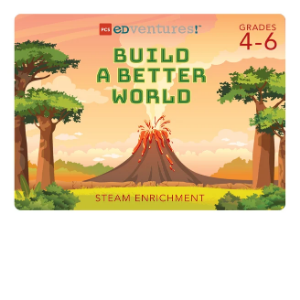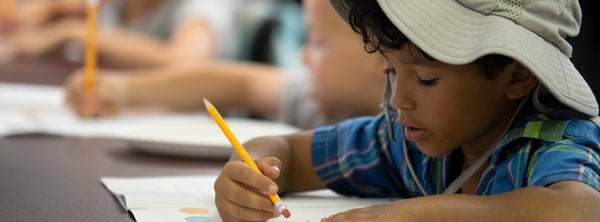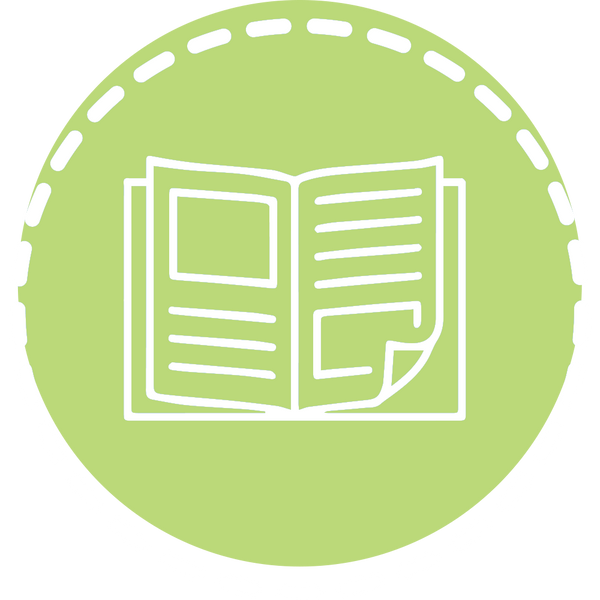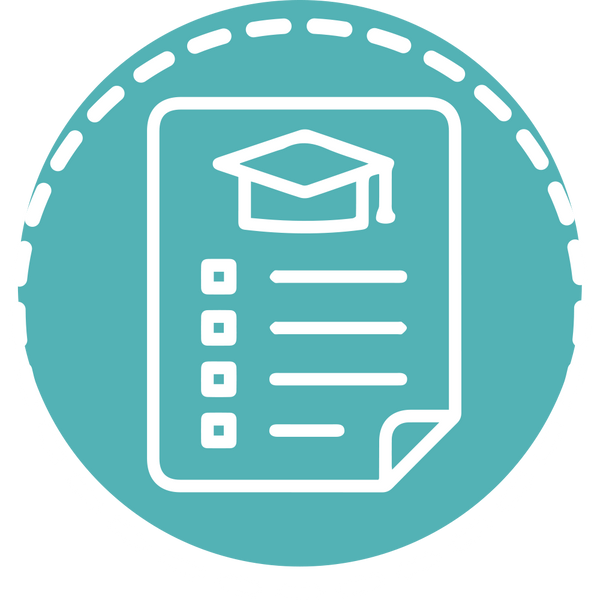
Turning Natural Disasters into Teachable Moments
It was Day 7 of the levees unit when STEM teacher Akilah Williams witnessed the shift. Her students weren't just building models; they were building understanding. They saw how combined flood mitigation efforts could protect a community, and suddenly, a lesson on natural disasters became a lesson in hope.
With natural disasters affecting nearly 175 million children worldwide each year, the challenge is clear: How do we move students from anxiety to empowerment? For Akilah’s class, the answer was found in a hands-on framework that turns awe into action — the Engineering Design Process (EDP).

Building Resilience, Not Just Shelters
The classroom buzzed with energy. Akilah moved between teams, not as a lecturer, but as a facilitator. She’d listen as students debated the best angle for their levee wall, encouraging them to articulate their ideas and challenge each other's assumptions. This collaborative chaos was the Engineering Design Process in action — a dynamic cycle of asking, imagining and creating.
When one team's levee failed spectacularly during testing, there were no groans of defeat — only shouts of “Let's see what went wrong!” Akilah had cultivated a true growth mindset, where failure wasn't an endpoint, but valuable data. This “failing forward” is the magic of the EDP, transforming setbacks into breakthroughs.
Natural disasters are real and powerful, instantly sparking a child's curiosity. PCS Edventures’ Build a Better World uses this natural fascination to immerse learners in engineering challenges that solve real-world problems. It’s a curriculum designed to build not just structures, but essential life skills.
From Blueprints to Breakthroughs
Through this challenge, students gained Habits of Mind that will serve them for a lifetime:
- Critical Thinking: Analyzing Root Causes. Learners were challenged to think like engineers, analyzing the root causes of flooding, not just the symptoms. Their research became a tool, turning raw data into insights that informed their designs.
- Collaboration as a Tool: Students learned that the best ideas are forged in teamwork. By articulating their thoughts and listening to their peers, they discovered that shared purpose leads to stronger solutions.
- Resilience: Failure as Valuable Data. The teacher cultivated a true growth mindset, where failure wasn't an endpoint, but valuable data that guides the next solution.
This is the magic of the EDP. By normalizing trial and error, it champions "failing forward," proving that resilience isn't about avoiding setbacks, but about using them as a refining tool to guide success.
Bring the Engineering Design Process to Your Learners
Curious about the full story? This is just a glimpse of the transformation. Hear the complete testimonial from the teacher who brought this curriculum to life in our Educator Spotlight: Young Engineers Take on Natural Disasters.
The EDP is an iterative roadmap that transforms setbacks into superpowers. Want to see it in action?
Empowering Tomorrow's Changemakers
By weaving hands-on STEM challenges into lessons about real-world events, educators are doing more than teaching science — they're building a generation of proactive, resilient and collaborative problem-solvers. They are proving that even the most intimidating challenges can become incredible opportunities for growth.
Build a Better World is your go-to resource for turning awe into action and empowering the changemakers of tomorrow. Ready to start building a brighter, bolder future? Dive in today.
The Curriculum: Build A Better World
Take engineering design to the next level with this up-close look at natural disasters. Learners collaborate on structural challenges as they model earthquake stability, hurricane winds, system integrity and so much more on their quest to understand how buildings are designed to resist outside forces. Click the image below to view the product details.
Grades: 4-6
Students: Up to 30
Contact Hours: 12+









